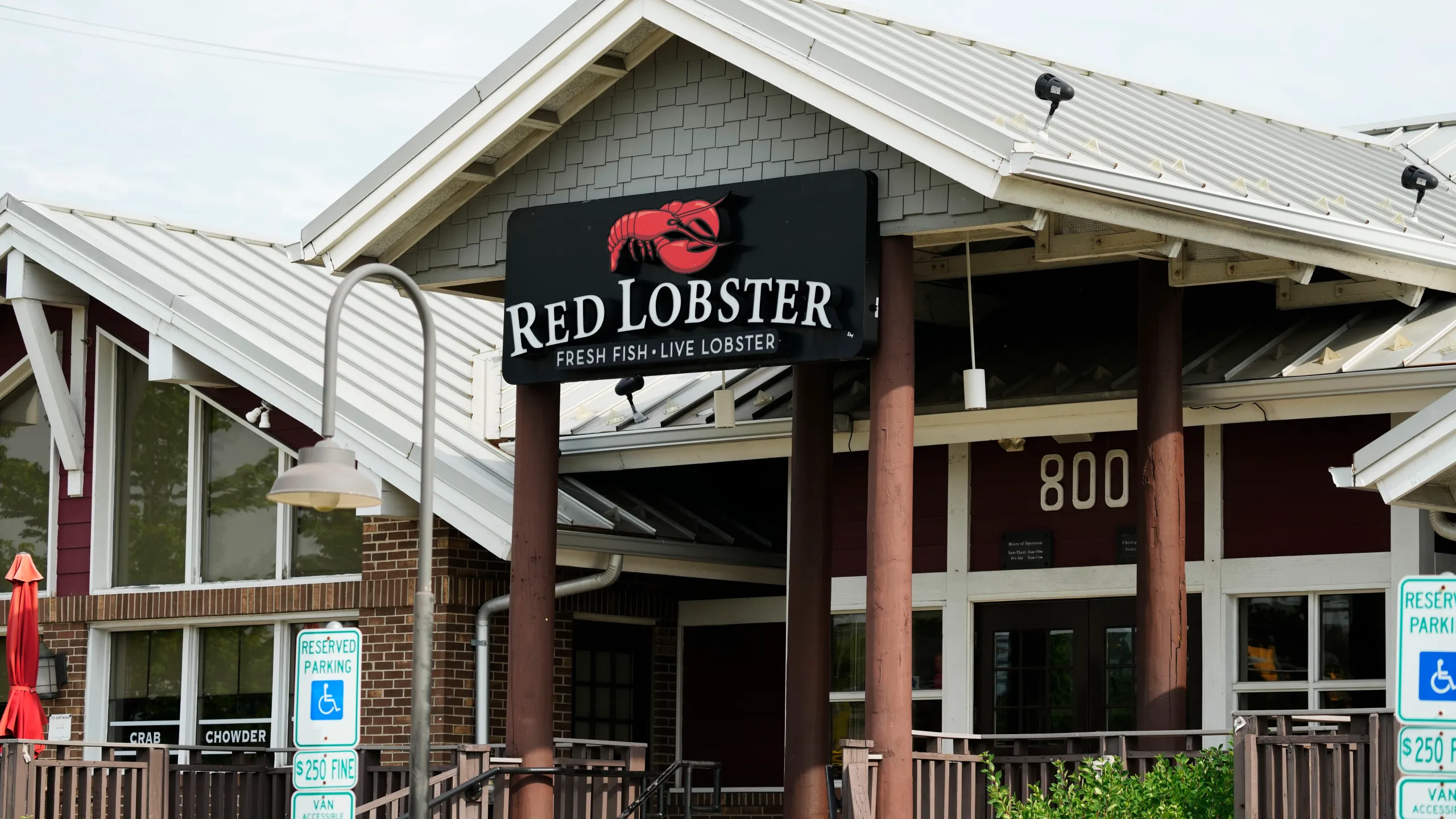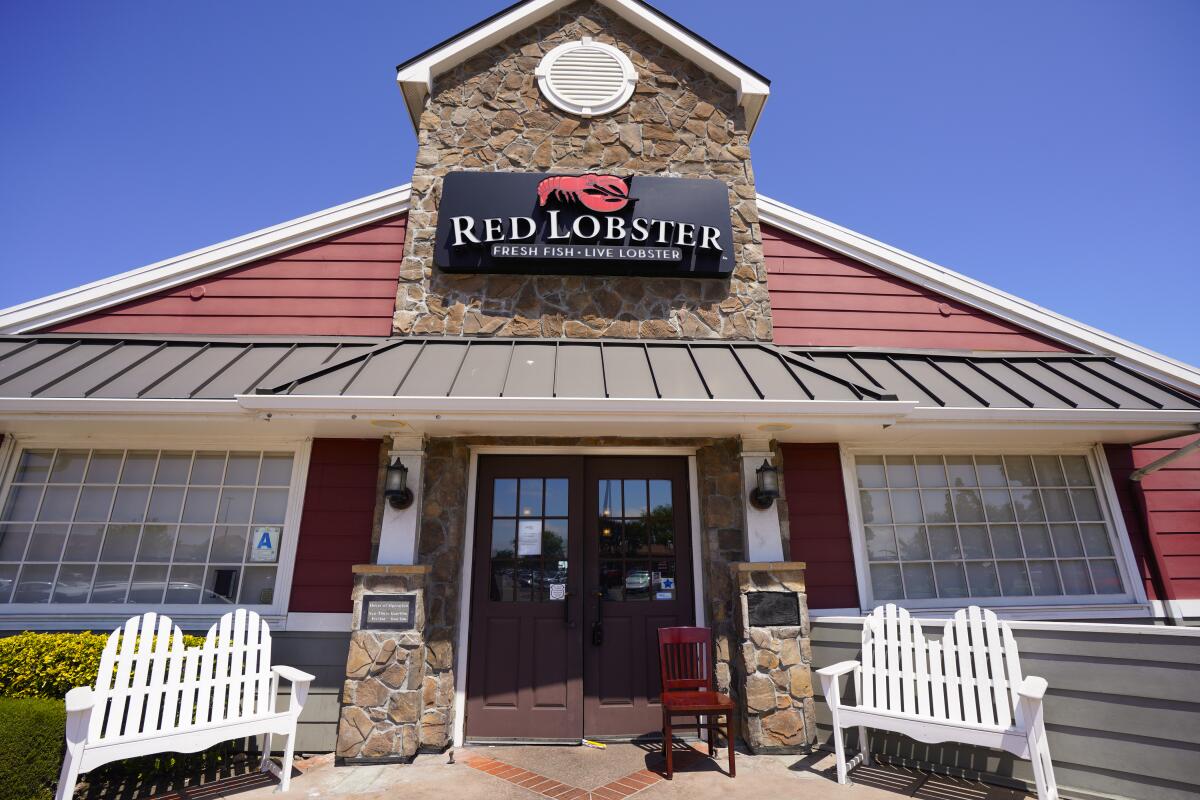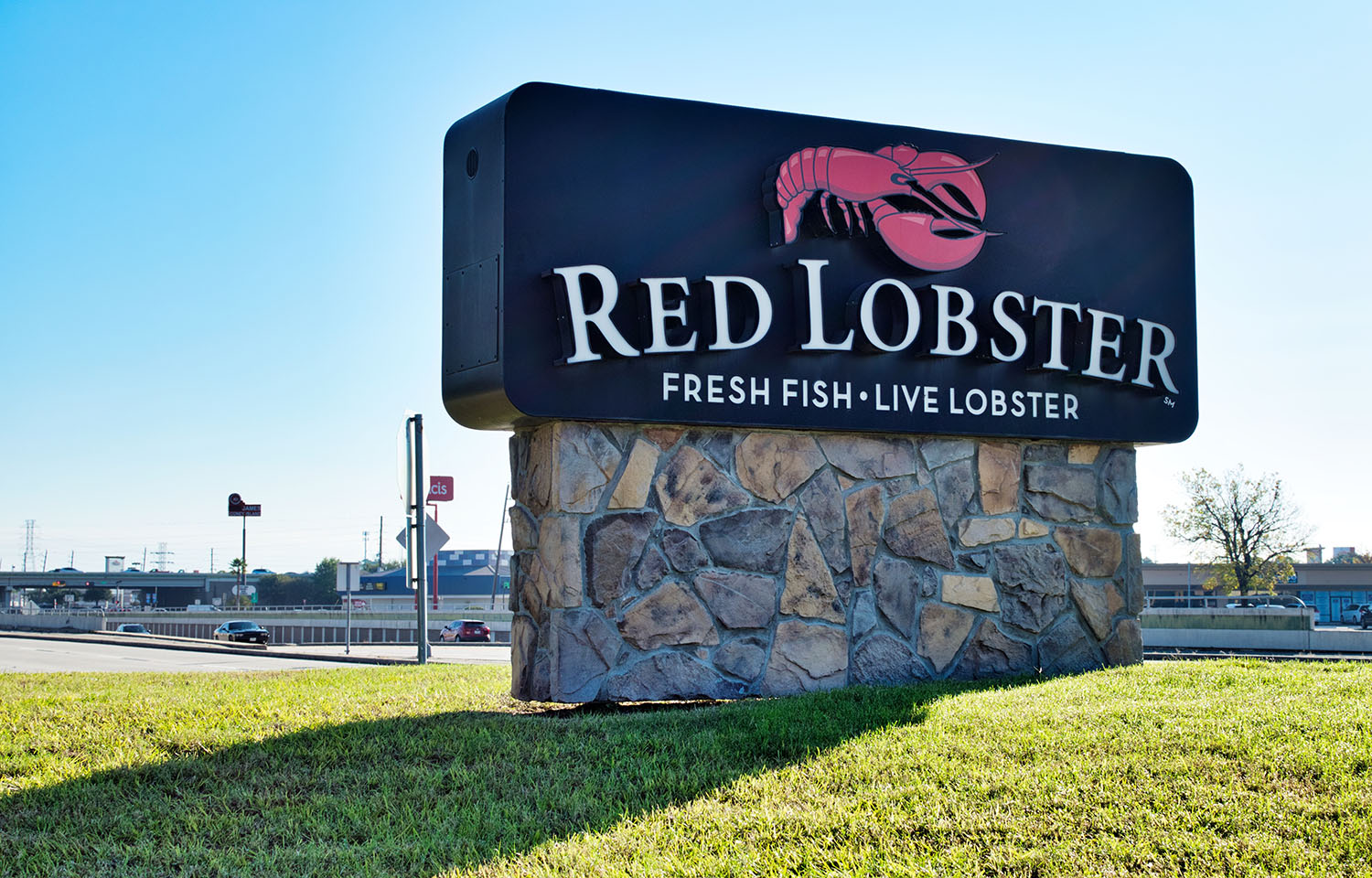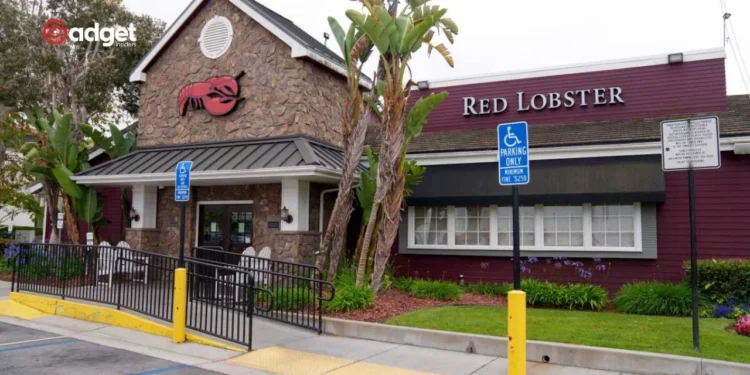Red Lobster, once a beacon of casual dining across America, has found itself navigating troubled waters. Last summer, the seafood chain made a bold move by making its $20 endless shrimp offer a permanent fixture on the menu—a promotion that previously captivated customers as a limited-time annual event. This decision, driven by its major shareholder Thai Union, aimed to capitalize on the surplus shrimp supplies but instead led to unforeseen consequences, culminating in a bankruptcy filing.

A Strategic Misstep with Costly Implications
For over two decades, Red Lobster thrived with its seasonal endless shrimp promotion, drawing in crowds eager for the affordable, all-you-can-eat option. However, the shift to a permanent offering, as revealed in the bankruptcy filings, resulted in a staggering $11 million loss. This pivot not only strained the operational capacity of Red Lobster but also significantly deviated from its successful marketing strategy, leaving the chain vulnerable to financial instability.
The Role of Thai Union in Red Lobster’s Strategy
Thai Union, a Bangkok-based seafood giant, became Red Lobster’s largest investor in 2020 with visions of expanding its market reach. Under the guidance of a CEO appointed by Thai Union, Red Lobster made critical changes to its supply chain, notably eliminating multiple breaded shrimp suppliers in favor of exclusive deals that unfortunately led to higher costs and supply issues. These decisions, aimed at consolidating supply sources, were not aligned with Red Lobster’s traditional vendor selection processes that emphasized cost-efficiency and demand forecasting.

Operational and Financial Turbulence
The operational changes instituted by Thai Union introduced significant challenges within Red Lobster’s management structure, affecting everything from procurement to pricing strategies. This misalignment between corporate actions and brand identity further exacerbated the financial pressures on Red Lobster, culminating in a series of management turnovers and decreased operational efficiency.
Broader Industry Challenges and Competitive Pressures
Seafood giant’s struggles are symptomatic of larger trends affecting the casual dining sector. Over the past two decades, the rise of fast-casual and quick-service restaurants like Chipotle and Chick-fil-A has reshaped consumer expectations and dining habits, offering lower prices and convenient ordering options. Furthermore, Red Lobster faced internal neglect as Darden Restaurants, its parent company until 2014, shifted focus and resources towards more profitable brands like Olive Garden.
The Impact of Real Estate and Economic Conditions
The financial strategy involving sale leaseback agreements, particularly post-sale to Golden Gate Capital, placed additional financial burdens on the sea food giant. These decisions locked the chain into high rental costs, diminishing its ability to adapt to market changes and economic downturns, including those induced by the COVID-19 pandemic and subsequent economic challenges.

Looking Forward: Lessons from Red Lobster’s Experience
As seafood giant navigates bankruptcy, the industry reflects on the critical balance between innovation and tradition in branding and operations. The case of company serves as a cautionary tale about the risks of drastic strategic shifts that do not fully consider the long-term implications on brand integrity and customer loyalty.
In conclusion, company’s journey from a pioneering casual dining chain to a brand in financial distress highlights the importance of adaptive, yet consistent, business strategies that resonate with evolving consumer preferences while staying true to the core values that originally defined the brand’s success.










